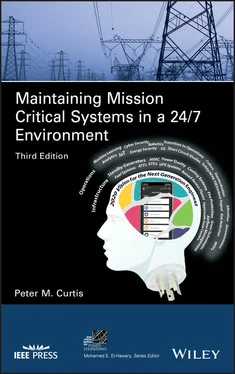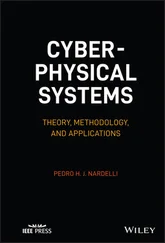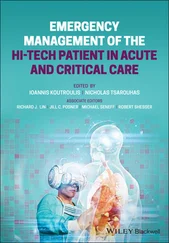1 Have you addressed physical security concerns?
2 Have all infrastructures been evaluated for the type of security protection needed (e.g., card control, camera recording, key control)?
3 Are the diesel oil tank and oil fill pipe in a secure location?
4 If remote dial‐in or Internet access is provided to any infrastructure system, have you safeguarded against hacking, or do you permit read‐only functionality?
5 How frequently do you review and update access permission authorization lists?
6 Are critical locations included in security inspection rounds?
TRAINING AND DOCUMENTATION
Documentation
1 What emergency plans, if any, exist for the facility?
2 Where are emergency plans documented (including the relevant internal and external contacts for taking action)?
3 How are contacts reached in the event of an emergency?
4 How are plans audited and changed over time?
5 Do you have complete drawings, documentation, and technical specifications of your mission critical infrastructure including: electrical utility, in‐facility electrical systems (including power distribution and ATS), gas and steam utility, UPS/battery/generator, HVAC, security, and fire suppression?
6 What documentation, if any, exists to describe the layout, design, and equipment used in these systems?
7 How many forms does this documentation require?
8 How is the documentation stored?
9 Who has access to this documentation, and how do you control access?
10 How often does the infrastructure change?
11 Who is responsible for documenting change?
12 How is the information audited?
13 Can the usage of facility documentation be audited and tracked?
14 Do you keep a historical record of changes to documentation?
15 Is a formal technical training program in place?
16 Is there a process in place that ensures personnel have proper instrumentation and that the instrumentation is calibrated as recommended?
17 Are accidents and near‐miss incidents documented?
18 Is there a process in place that ensures action will be taken to update procedures following accidents or near‐miss events?
19 How much space does your physical documentation occupy today?
20 How quickly can you access the existing documentation?
21 If a consultant is used to make changes to documentation, how are consultant deliverables tracked?
22 Is your organization able to quickly provide information to legal authorities, including emergency response staff (e.g., fire, police)?
23 How are designs or other configuration changes to infrastructure approved or disapproved?
24 How are these approvals communicated to responsible staff?
25 Does workflow documentation exist for answering staff questions about what to do at each stage of documentation development?
26 In the case of multiple facilities, how is documentation from one facility transferred or made available to another?
27 What kind of reporting on facility infrastructure is required for management?
28 What kind of financial reporting is required in terms of facility infrastructure assets?
29 How are costs tracked for facility infrastructure assets?
30 Is facility infrastructure documentation duplicated in multiple locations for restoration in the event of a loss?
31 How much time would it take to replace the documentation in the event of a loss?
32 How do you track space utilization (including cable management) within the facility?
33 Do you use any change management methodology (i.e., ITIL) in the day‐to‐day configuration management of the facility?
1 How many operations and maintenance staff do you have within the building?
2 How many of these staff do you consider to be facilities “subject matter experts?”
3 How many staff members manage the operations of the building?
4 Are specific staff members responsible for specific portions of the building infrastructure?
5 How long has each of your operations and maintenance staff, on average, been in his or her position?
6 What kind of ongoing training, if any, do you provide for your operations and maintenance staff?
7 Do training records exist?
8 Is there a process in place to ensure that training records are maintained and updated?
9 Is there a process in place that identifies an arrangement for training?
10 Is there a process in place that ensures the training program is periodically reviewed and identifies changes required?
11 Is the training you provide general training, or is it specific to an area of infrastructure within the facility?
12 How do you design changes to your facility systems?
13 Do you handle documentation management with separate staff, or do you consider it to be the responsibility of the staff making the change?
1 1New York City Comptroller William Thompson
2 2 http://www.breeam.org/newsdetails.jsp?id=672
Конец ознакомительного фрагмента.
Текст предоставлен ООО «ЛитРес».
Прочитайте эту книгу целиком, купив полную легальную версию на ЛитРес.
Безопасно оплатить книгу можно банковской картой Visa, MasterCard, Maestro, со счета мобильного телефона, с платежного терминала, в салоне МТС или Связной, через PayPal, WebMoney, Яндекс.Деньги, QIWI Кошелек, бонусными картами или другим удобным Вам способом.












